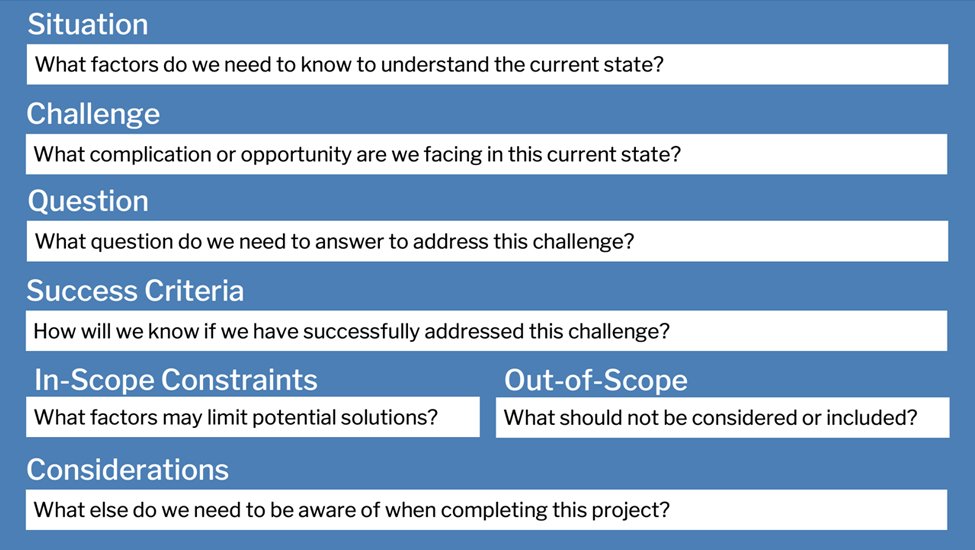
Project Definition Worksheet
Define the fundamental problem that you need to solve and the considerations for solving it.


Define the fundamental problem that you need to solve and the considerations for solving it.

Frame a problem in a way that helps your teams focus and identify many possible solutions.
This is a project from Kickframe – a digital marketing strategy consulting and training company.